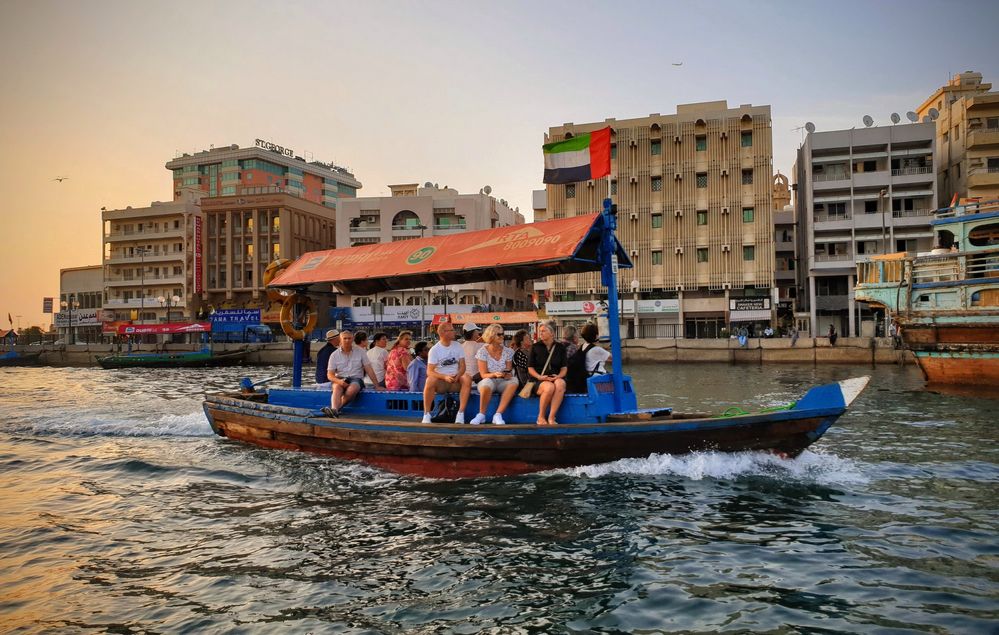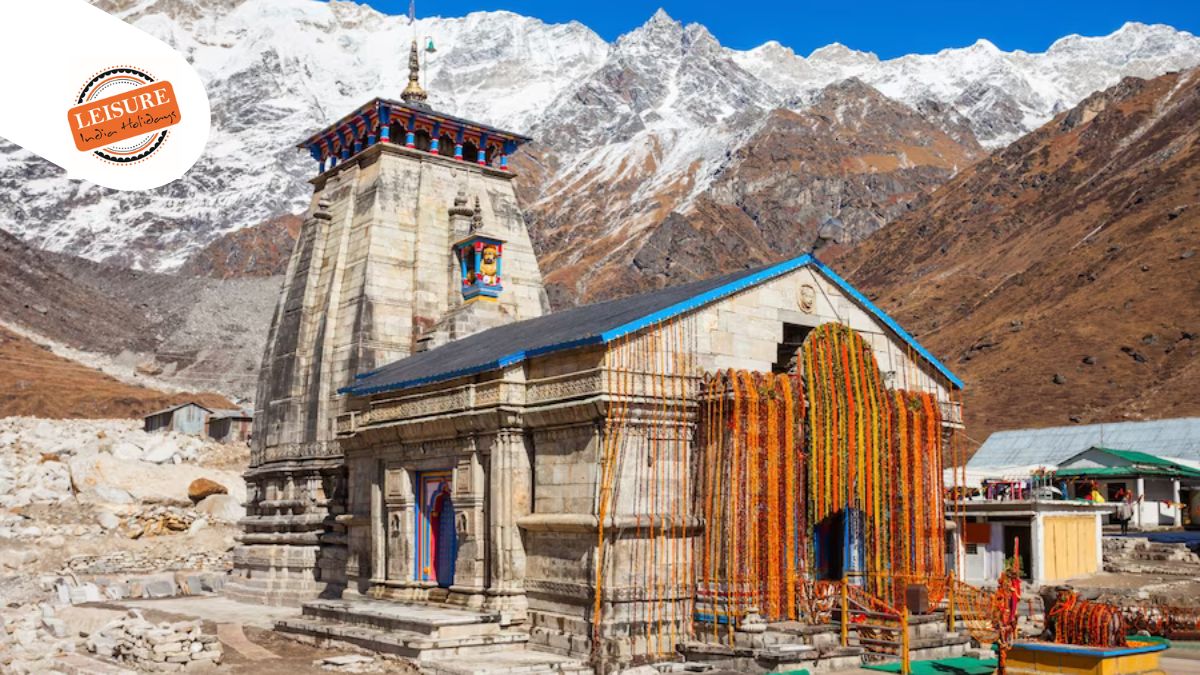Abra Creek Crossing, Dubai
Located in the heart of Old Dubai, the Abra Creek Crossing offers a nostalgic glimpse into the city’s rich maritime history and cultural heritage. This traditional mode of transport, utilizing wooden abras (water taxis), provides both locals and tourists with a charming and scenic journey across Dubai Creek.
Historical Significance
Dubai Creek has long been the lifeblood of the city, serving as a vital waterway for trade and commerce dating back centuries. The abras, originally simple wooden boats powered by oars, have evolved into motorized vessels while retaining their traditional charm. Crossing the creek on an abra not only transports passengers from one bank to the other but also offers a journey through time, showcasing Dubai’s transformation from a small fishing village to a global metropolis.
Experience the Journey
Boarding an abra is an experience in itself. Passengers gather at designated abra stations on both sides of the creek, such as Bur Dubai Abra Station and Deira Old Souk Abra Station. The boats, typically adorned with colorful trimmings and canopies to shield from the sun, depart regularly throughout the day, ensuring convenient access for travelers.
Scenic Views
As the abra glides silently across the creek’s shimmering waters, passengers are treated to breathtaking views of Dubai’s iconic skyline juxtaposed against the historic neighborhoods of Bur Dubai and Deira. The journey offers an intimate perspective on Dubai’s architectural diversity, from modern skyscrapers to traditional wind-towered buildings and bustling souks lining the waterfront.
Cultural Immersion
Crossing Dubai Creek on an abra provides a unique opportunity to immerse oneself in the city’s vibrant culture. Passengers often share the boat with locals commuting to work or visiting the souks, creating a communal atmosphere where snippets of daily life unfold against the backdrop of the creek. The friendly banter of the boatmen, many of whom are seasoned sailors with a deep connection to the sea, adds to the authenticity of the experience.
Exploring Souks and Attractions
Upon reaching the opposite bank, passengers can explore a treasure trove of cultural attractions and traditional souks. In Deira, the Spice Souk and Gold Souk beckon with aromatic spices and glittering jewelry, offering a sensory feast for visitors. In Bur Dubai, the historic Al Fahidi neighborhood invites exploration of its labyrinthine lanes, art galleries, and the Dubai Museum housed within the ancient Al Fahidi Fort.
Accessibility and Affordability
Abra crossings are not only culturally enriching but also affordable and easily accessible. The fare for an abra ride is nominal, making it an economical mode of transport for both locals and tourists. The stations are well-marked and conveniently located near key landmarks, ensuring seamless connectivity within Old Dubai and beyond.
Evening Charm
As the sun sets, the Abra Creek Crossing takes on a magical allure. The creek waters reflect the shimmering lights of nearby buildings, creating a picturesque setting for a romantic sunset cruise. Evening abras offer a tranquil escape from the city’s hustle and bustle, allowing passengers to unwind and savor the beauty of Dubai’s waterfront at dusk.
Conclusion
In conclusion, the Abra Creek Crossing in Dubai encapsulates the essence of the city’s maritime heritage and cultural diversity. Whether for sightseeing, commuting, or simply experiencing a piece of Dubai’s history, a journey on an abra promises an unforgettable adventure. This timeless mode of transport continues to weave together the past and present, offering a glimpse into Dubai’s evolution while providing a scenic and memorable passage across its historic waterway.
Dubai visa for Philippines passport holders
Filipino citizens planning to visit Dubai can obtain a tourist visa through various means:
-
Application Process: Apply through accredited travel agencies or directly through the Dubai Immigration website.
-
Required Documents: Prepare essentials such as passport copies, recent photographs, completed visa application form, proof of accommodation, travel itinerary, and proof of financial means.
-
Visa Types: Choose from options like the 30-day tourist visa or the 90-day multiple entry visa, depending on the duration and purpose of the visit.
-
Processing Time: Visa processing typically takes between 3 to 5 working days, but it’s advisable to apply well in advance of your travel dates.
-
Visa Fee: Pay the applicable visa fee, which varies based on the type and duration of the visa.
-
Arrival: Upon arrival in Dubai, ensure all visa-related documents are in order for smooth entry into the UAE.
Following these steps ensures a hassle-free visit to Dubai, allowing Filipino travelers to explore attractions like the Abra Creek Crossing and other cultural landmarks with ease and enjoyment.




